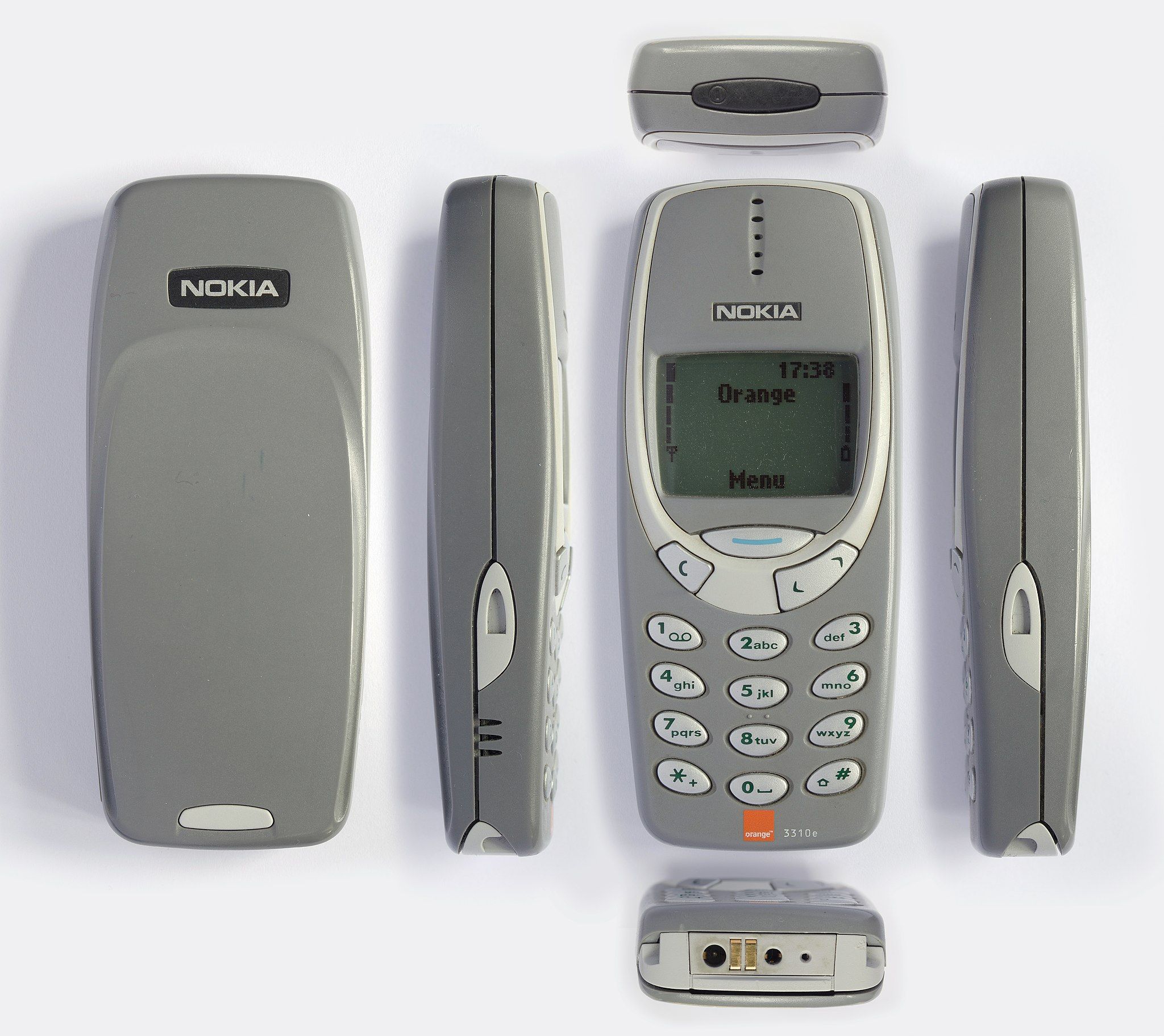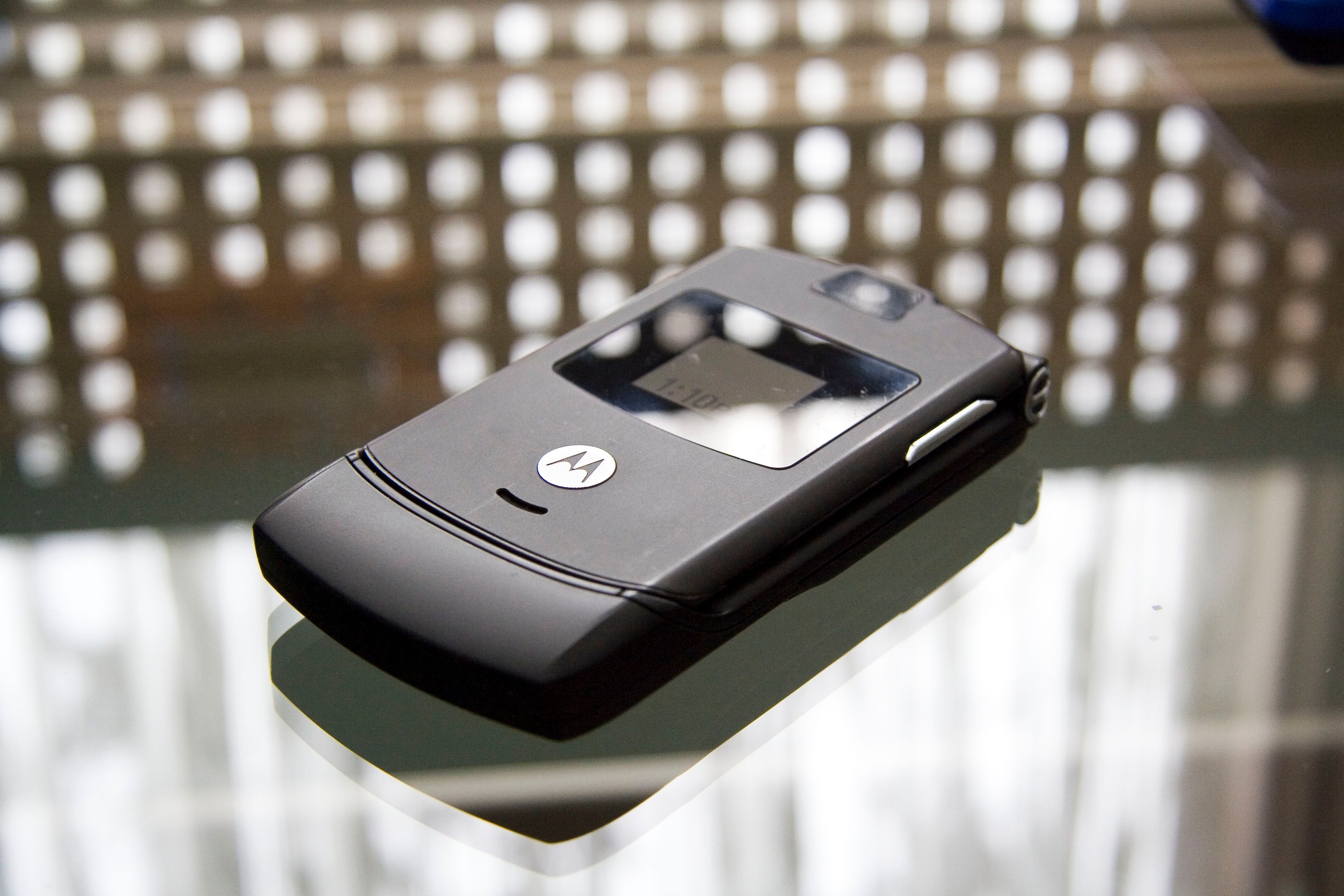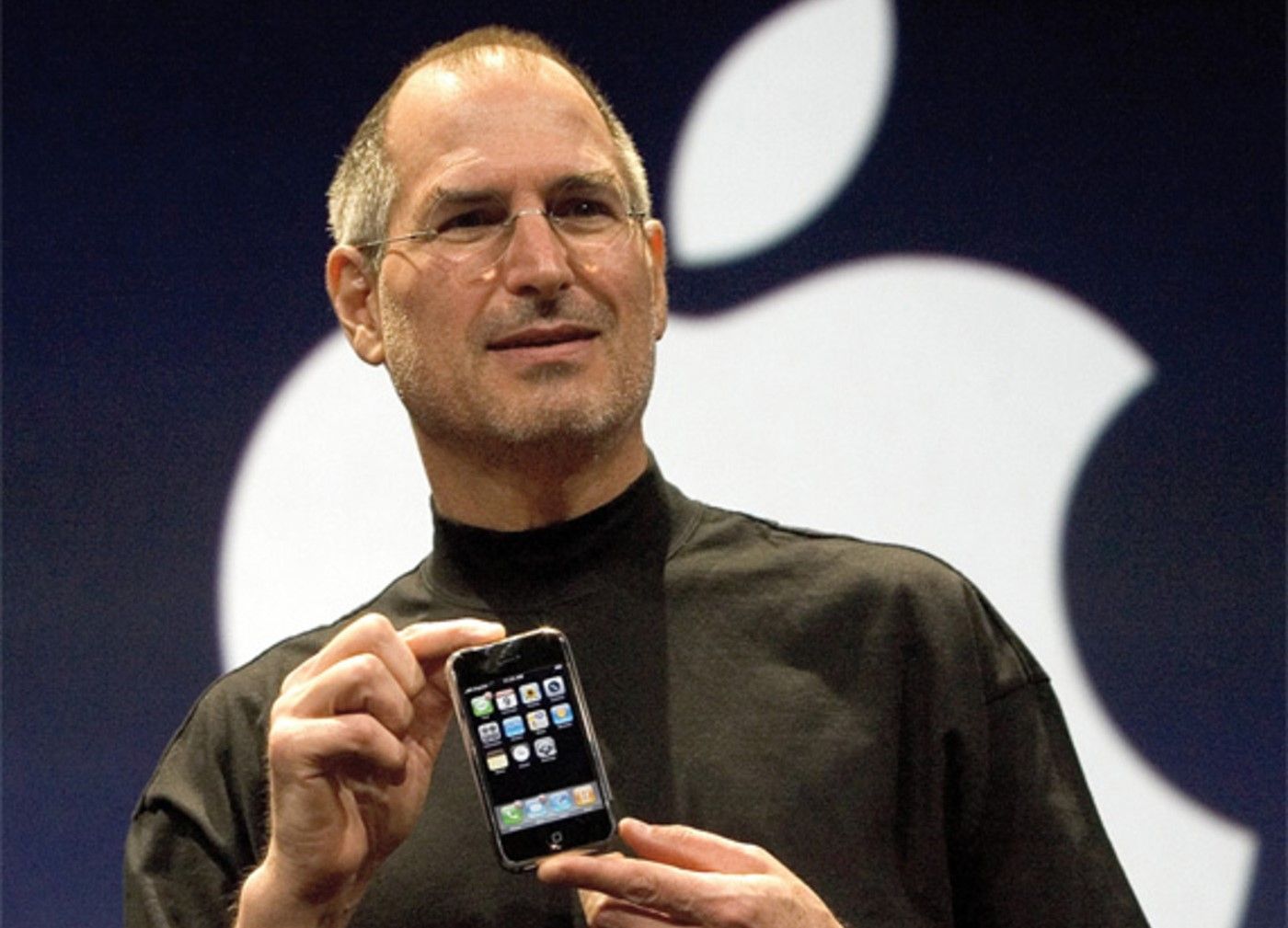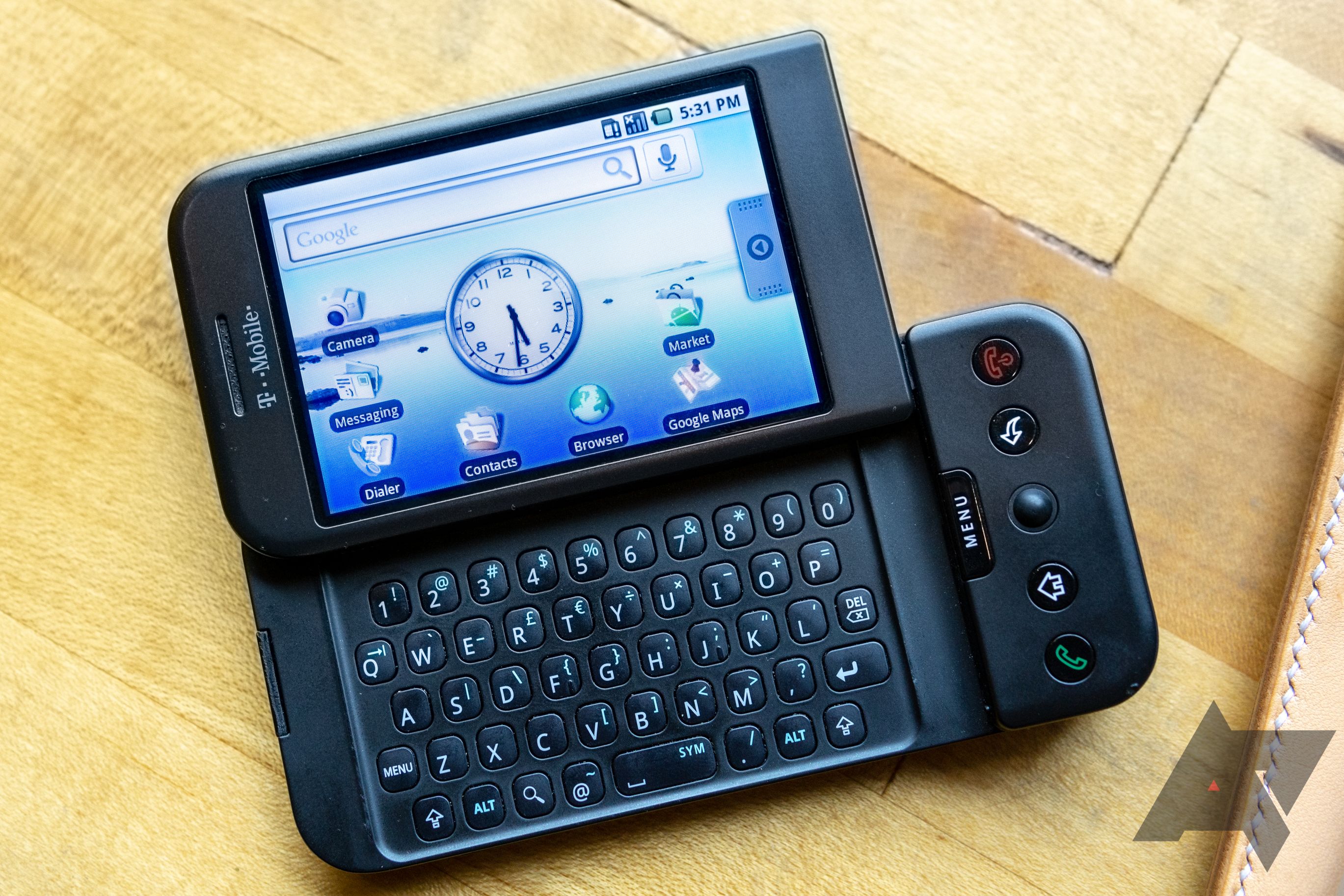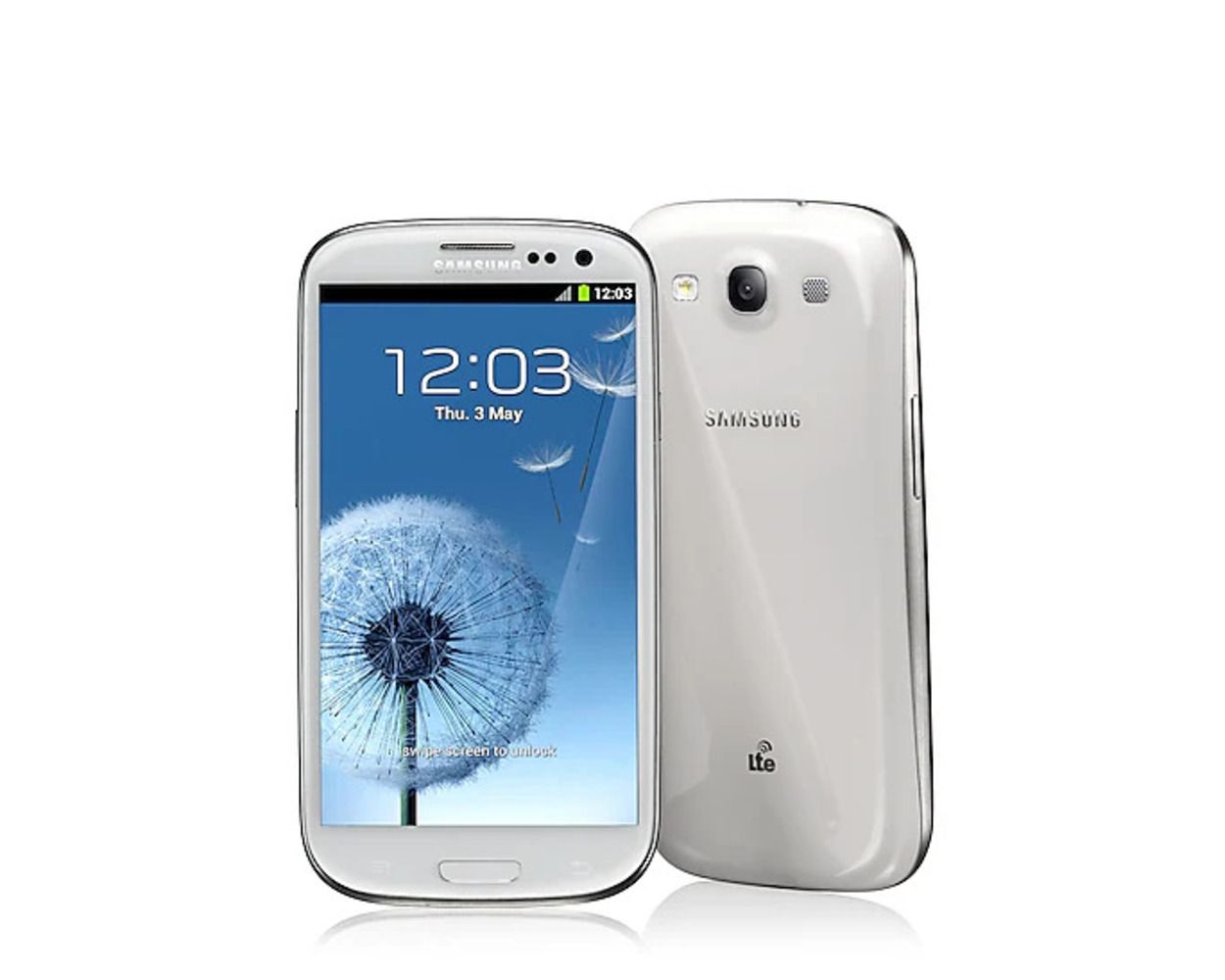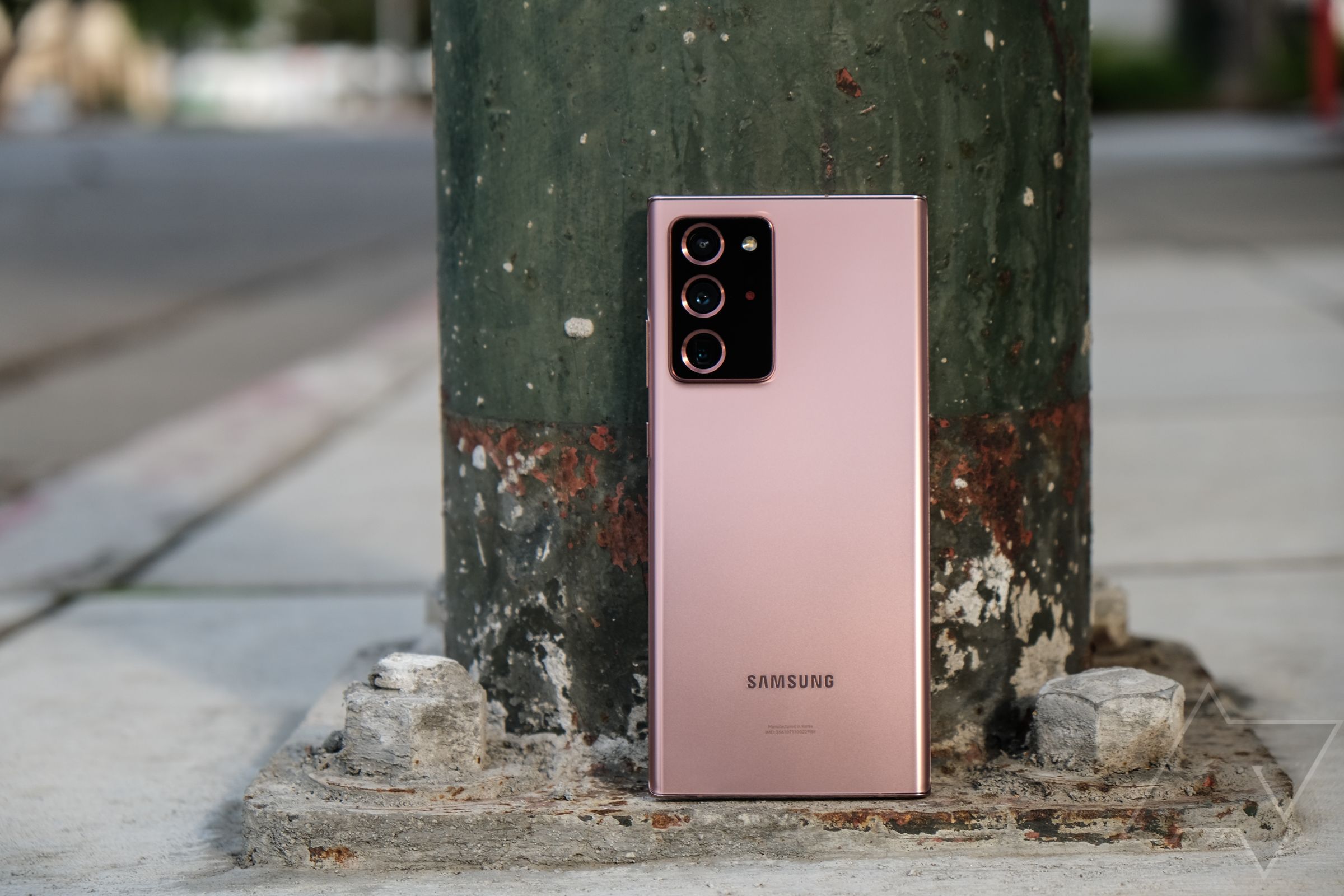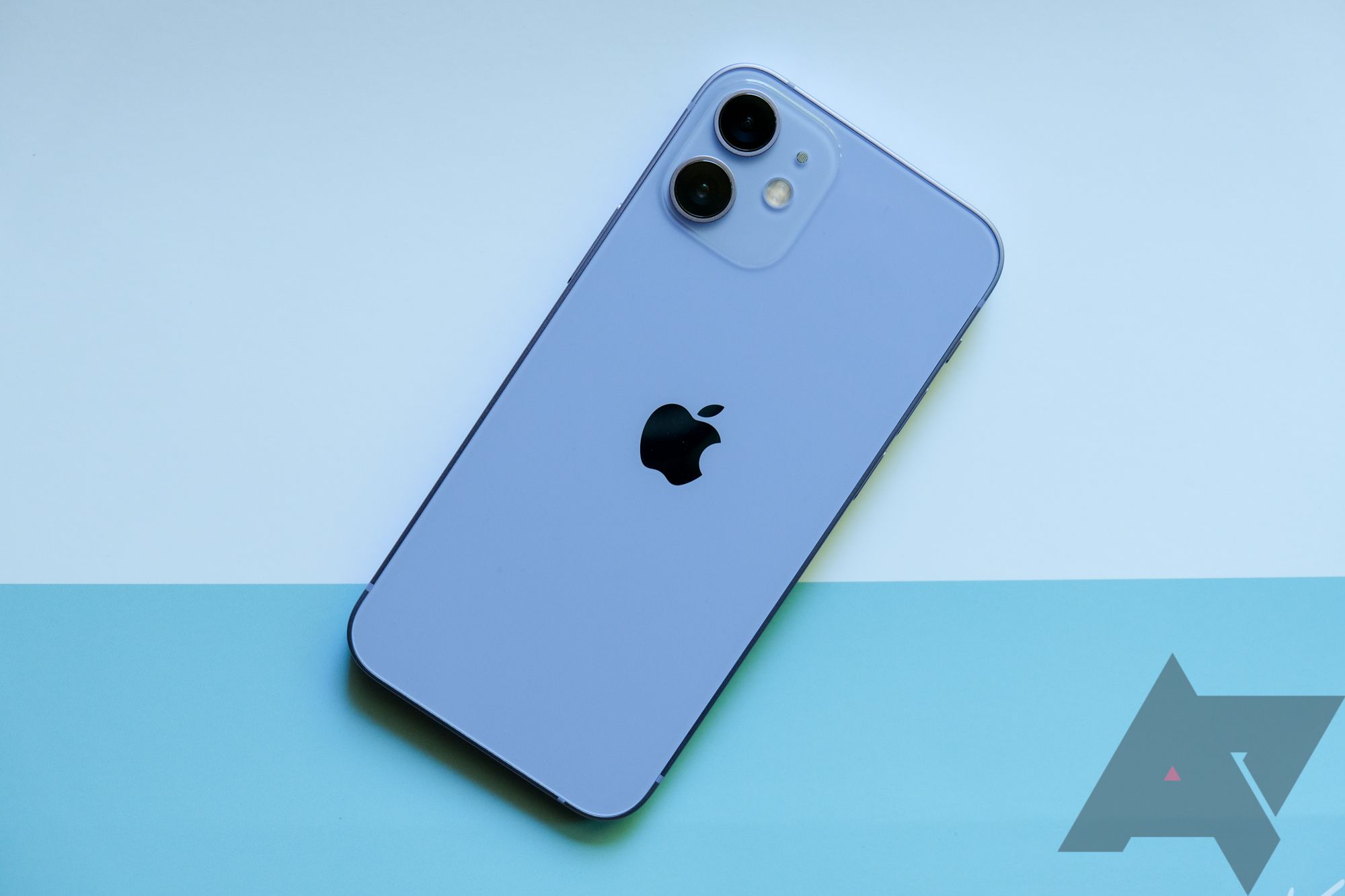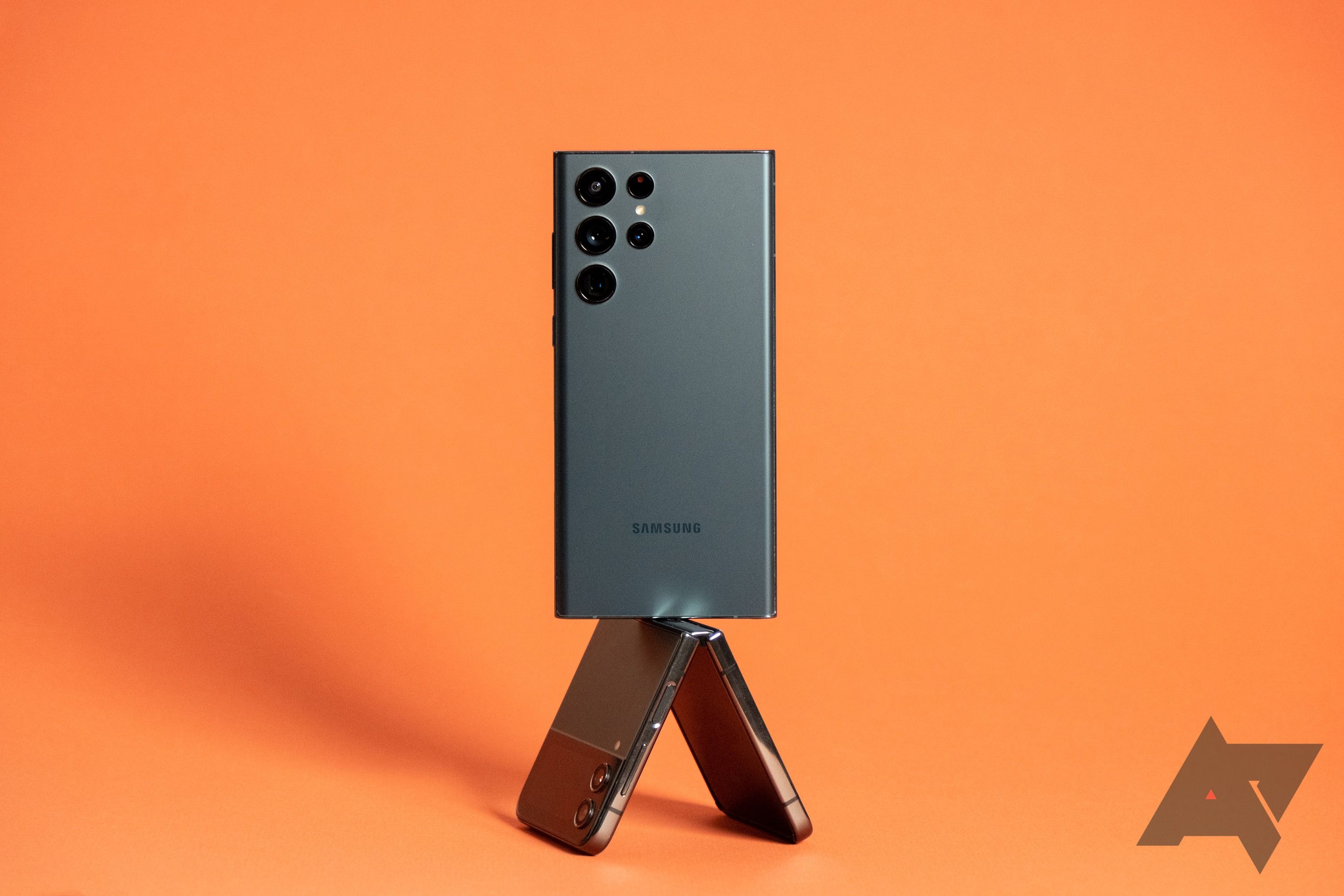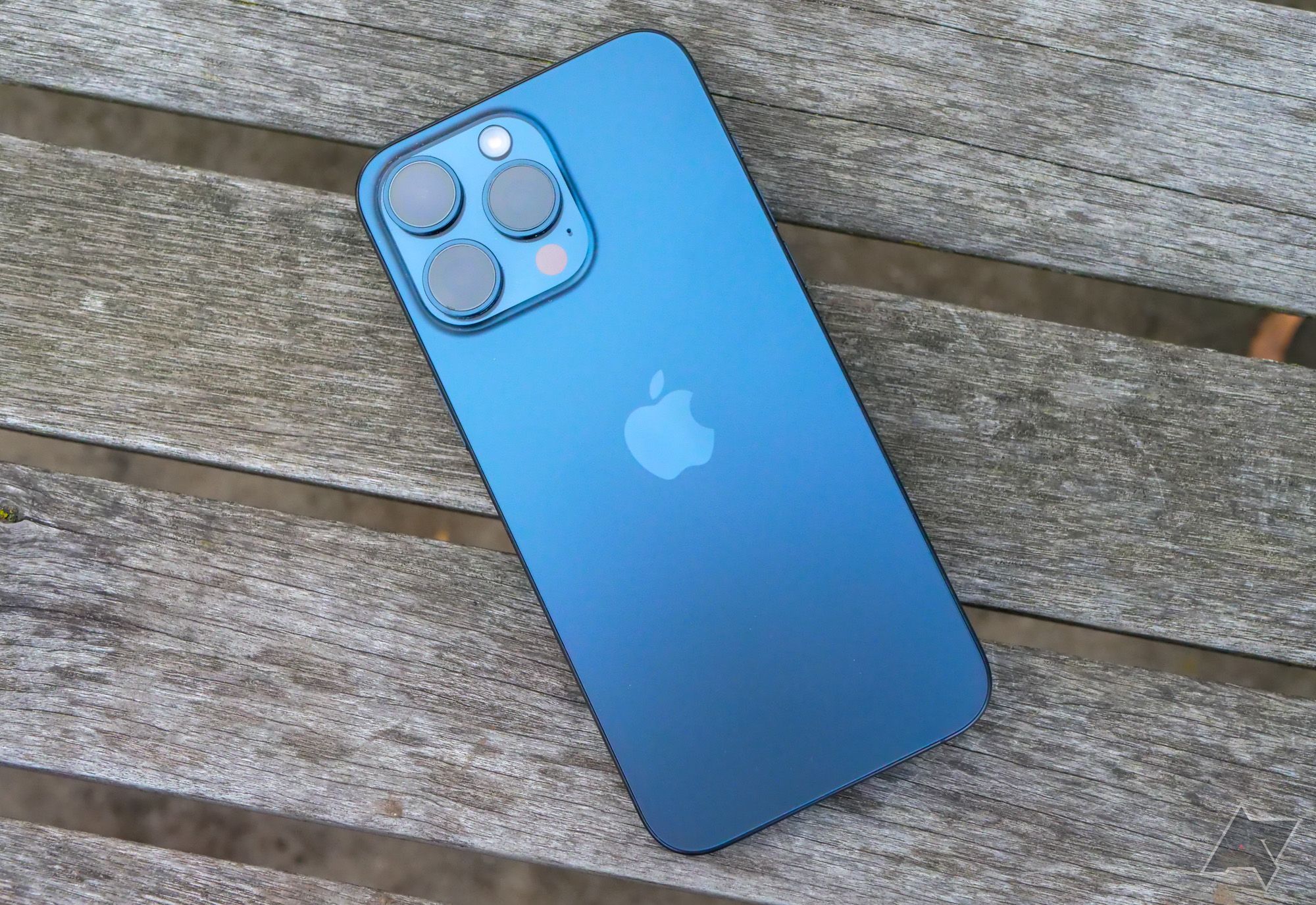With the news last week of Apple dethroning Samsung as the world’s largest smartphone manufacturer, we thought it would be fun to take a trip down memory lane to see which company has dominated the past 24 years. The world’s biggest phone makers through the years were some household names; from Nokia to Samsung, there were many standout giants. But now and again, an upstart would threaten the status quo. So, let’s explore smartphone history and get nostalgic, as the last two and a half decades have been pretty crazy.
Some markets are just too big to ignore
Many of the giants on today’s list achieved their mind-blowing success thanks to sales in the developing world. The Nokia 1100 and the Samsung E1100 are perfect examples of phones reaching hundreds of millions of customers in developing countries.
The market in the developed world is different. There were often three-way ties between Nokia, Samsung, and Blackberry in the late 2000s for market dominance, and then Apple and Samsung have been playing leapfrog since 2016.
But to keep things simple, we stuck to the number of total devices sold around the world, with a few runner-ups on our list when the numbers were close.
The world’s biggest phone makers through the years
Smartphones didn’t hit mass market consumer appeal until the iPhone in 2007-2008. HTC and Blackberry were making smartphones well before the iPhone, but these devices were niche products more often used in the corporate world.
Instead of smartphones, most people carried flip phones and brick phones, now known as dumbphones. The Motorola Razr V3 was an insanely popular flip phone in 2005 in North America. LG and Samsung also had great-selling devices. These handsets could surf the web, play simple games, and snap photos. They had bright color screens and ran their own proprietary firmware.
Nokia brick phones dominated the world right up until 2010. As you’ll see, that’s when the market shifted from dumbphones to smartphones.
|
2000 – 2005 |
Nokia |
|
2006 |
Nokia + Motorola |
|
2007 – 2008 |
Nokia |
|
2009 |
Nokia + Blackberry |
|
2010 |
Nokia + Samsung + Apple |
|
2011 – 2020 |
Samsung |
|
2021 – 2022 |
Samsung + Apple |
|
2023 |
Apple |
2000 – 2005: Nokia
Source: Wikimedia Commons
Nokia absolutely dominated the early 2000s. The iconic Nokia 3310 brick was the best-selling phone of the turn of the millennium, and the company kept that lead for years. The Finnish company capitalized on its success with the Nokia 6100, released in 2002, and the Nokia 2600 in 2004. Both of these handsets kept the same overall design as the 3310, and they sold tens of millions.
The Nokia 1100 sold a quarter of a billion phones, mainly in India, Africa, and the Middle East. It remains the best-selling smartphone of all time, even though it was extremely basic and could only make calls and send text messages.
2006: In come challengers to Nokia’s throne
Source: Flicr
Nokia faced its first real competition in 2006 when Samsung’s SGH-E250 slider phone went viral. But Motorola had already dropped the RAZR in late 2005, and by the end of 2006 it seemed like it was game over for Nokia. The RAZR was the second best-selling phone in the world after the Nokia 6070, and the company was quickly catching up.
Other notable challengers to Nokia in 2006 included LG, Sony-Ericsson, and Blackberry. These companies had perfected their devices by this point, and the world was getting tired of the same old design Nokia kept shipping every year.
2007: Apple changes the game for good
Source: Apple
Nokia retook the throne from its challengers as the world’s largest phone maker in 2007, with the Nokia 1200-series, which were rebrands of its older brick-style phones, a greatest hits, as it were. It also released the Nokia 6500 Slide, a modern-looking slider-type phone that hoped to take on Motorola and Samsung in developed markets.
But then one of the most famous moments in modern tech history happened. Steve Jobs, CEO of Apple, released the iPhone on June 29, shaking up the entire mobile phone industry.
2008 – 2010: Nokia struggles to remain on top as smartphones begin to dominate
The iPhone and its successors, the iPhone 3G and iPhone 3GS, became instant problems for Nokia. The iPhone 3GS, in particular, sold more than 50 million units in 2009. Nokia remained the world’s largest phone maker in this period, but its market share was steadily eroding.
Something else happened in 2008. HTC released the Dream, a consumer-facing smartphone with a brand new operating system owned and developed by Google, what we know as Android. It was called the T-Mobile G1 in the U.S.
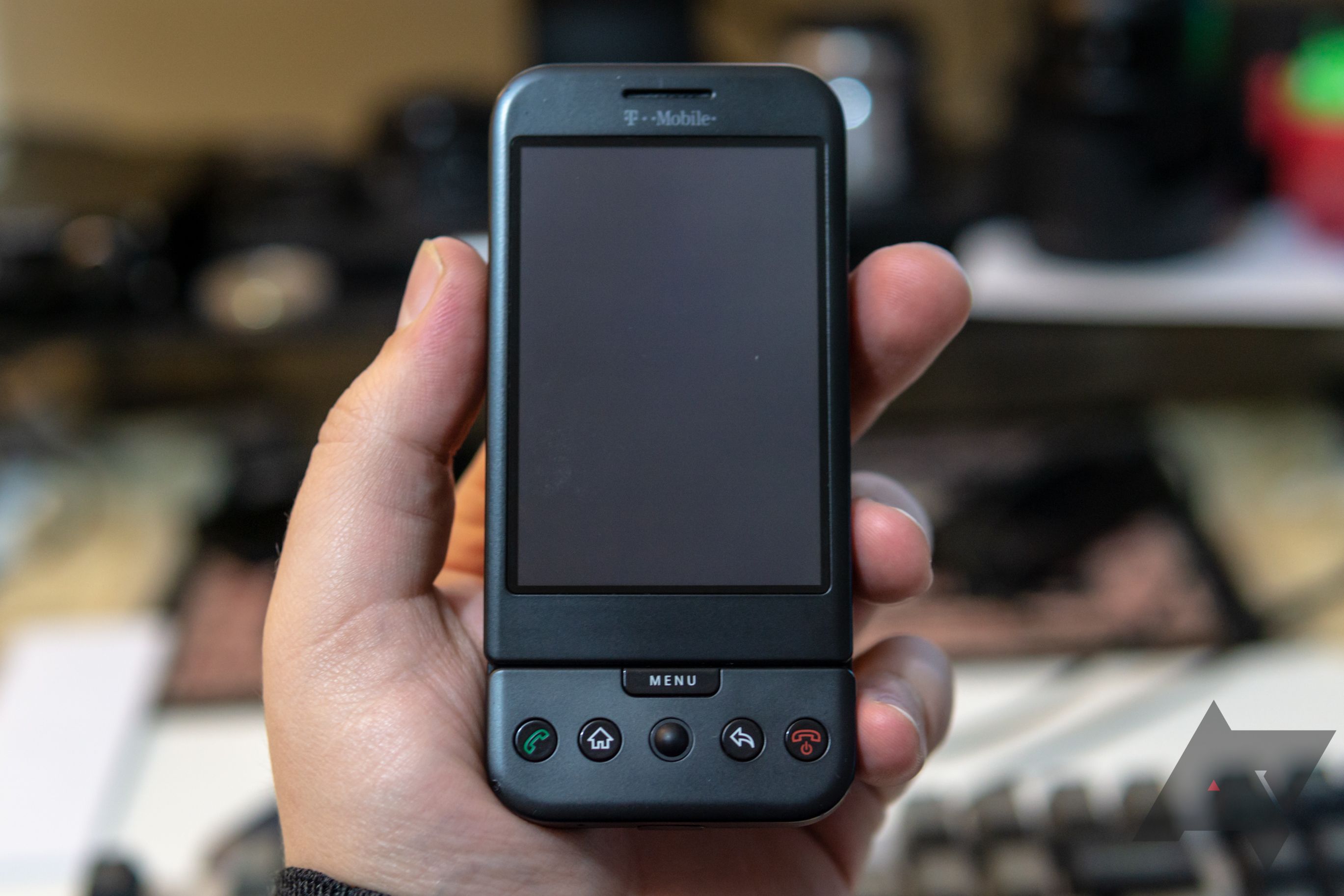
Android at 15: Everything the T-Mobile G1 had that your phone doesn’t
As the first Android phone turns 15, it turns out that newer maybe isn’t always better
Android would ultimately spell the end of Nokia’s reign as the top dog of the mobile phone world. Although the HTC Dream didn’t challenge Nokia directly, Google let OEMs use the Linux-based Android system on their own devices, and Nokia’s challengers all jumped on board. LG, Motorola, and Samsung were particularly quick to join HTC in using Android.
Meanwhile, the Blackberry Bold was the second best-selling smartphone in 2009, after the iPhone 3GS. Android, iPhone, and Blackberry combined represented an existential threat to Nokia. But Nokia didn’t seem to notice.
2010-2014: A new king of the phones takes the crown
Source: Samsung
The end of 2010 saw Samsung take the crown from Nokia as the world’s largest phone manufacturer. The Samsung Galaxy S was an instant hit, running its own OneUI skin on top of Android. It sold over 25 million units, according to Samsung.
The Samsung Galaxy SII was the best-selling phone of 2011, followed closely by the Apple iPhone 4S. Blackberry and HTC were also doing well in sales.
Nokia partnered with Microsoft and released the Nokia Lumia Windows phones in 2011 to go up against Apple and Google. Sales for these devices were sluggish compared to Android and iPhone despite an extremely loyal fan base. The Nokia Lumia line of Windows phones was shuttered by Microsoft in 2017, to many people’s dismay.
The Samsung Galaxy SIII dropped in 2012 and secured the South Korean company’s spot as the top dog of smartphones. It would go on to sell 80 million units in its first year and nearly 100 million over the next couple of years.
Only Apple came close to challenging Samsung with the release of the iPhone 6 in 2014
The rest of the decade would be dominated by Samsung. Only Apple came close to challenging Samsung with the release of the iPhone 6 in 2014. This was a drastic redesign of the iPhone, and there was an iPhone Max available for people who preferred larger handsets like the Samsung Galaxy Note series. Apple shipped more than 220 million iPhone 6 handsets, which was more than Samsung’s lackluster Galaxy S5 but not as much as all Android OEMs combined.
2015 – 2020: A tale of two smartphones
The next five years saw Samsung remain the largest smartphone maker in the world, but only by a margin. Apple was nipping at its heels the entire time.
Samsung remained the largest phone maker in 2016, but the iPhone 6s was the top-selling phone of the year. Samsung’s secret to its success hinged on selling a range of affordable Android phones in developing markets.
The rest of the 2010s saw the same story, with the iPhone X and XS outselling any single Samsung device, but Samsung remained on top thanks to numerous different devices available around the world. It’s interesting to note here that despite Samsung selling more devices, Apple gobbled up the majority of smartphone profits, thanks to the premium pricing of its phones.
2021: The rise of Apple
Apple dominated 2021. The top five best-selling smartphones around the world that year were all iPhones. Only the Samsung Galaxy A12 was in the top ten.
Nevertheless, Samsung continued to be the largest phone maker thanks to its wide range of devices occupying all different levels of the global market. The Samsung S21 Ultra represented the end of the much-loved Note line, but it was also the best-selling premium device in the corporate world in 2021. Meanwhile, the Galaxy A12 and A52 dominated the lower tiers of the market.
2022: Samsung (barely) still on top
Samsung clung to the top spot in 2022, but just barely. Apple was right behind, only a few devices away from overtaking the South Korean conglomerate. The Galaxy S22 did not sell as well as previous models and received mediocre reviews, even from us.
Samsung’s footprint in developing markets was being threatened by large Chinese brands such as Xiaomi and Huawei. The middle class in these countries was also growing, and more people were buying iPhones, which were seen as a status item.
2023: Apple takes the crown
It was inevitable that Apple would eventually overtake Samsung. The past three years seem like a repeat of what Samsung did to Nokia a decade earlier. It was announced in the last quarter of 2023 that Apple had shipped more units than Samsung and was now the world’s largest phone manufacturer.
Even more importantly, there has been a global slowdown in smartphone shipments since the COVID-19 pandemic, yet Apple has enjoyed over three percent growth whereas every other phone maker has seen a decline.
What’s next, 2024 and beyond
The year is still young. Samsung just announced its newest lineup, so we’ll have to see what sales look like over the coming months. There will be a tug-of-war between Apple and Samsung if history is anything to go by. A lot depends on how Samsung can appeal to developing markets, which is where they lost a lot of ground to Apple and Chinese competitors last year.
On the other hand, Samsung could remain the phone of choice for much of the world as Huawei ditches Android in favor of its own Harmony OS. You can read all about it here. It will be interesting to see what happens in 2024 and beyond.
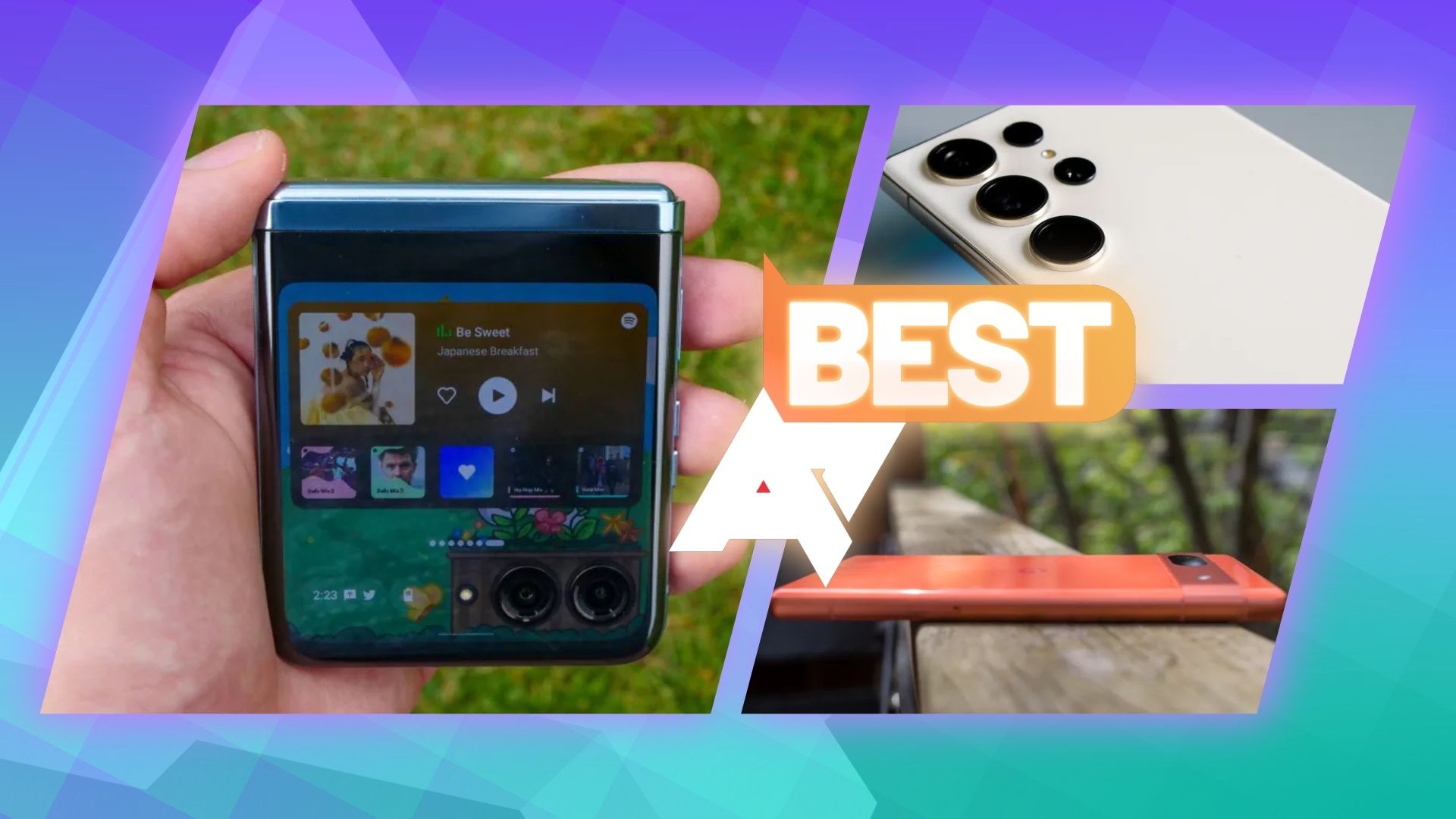
Best Android phones in 2024
In the market for a new phone? Get the best Android experience with these flagship phones
Source link

